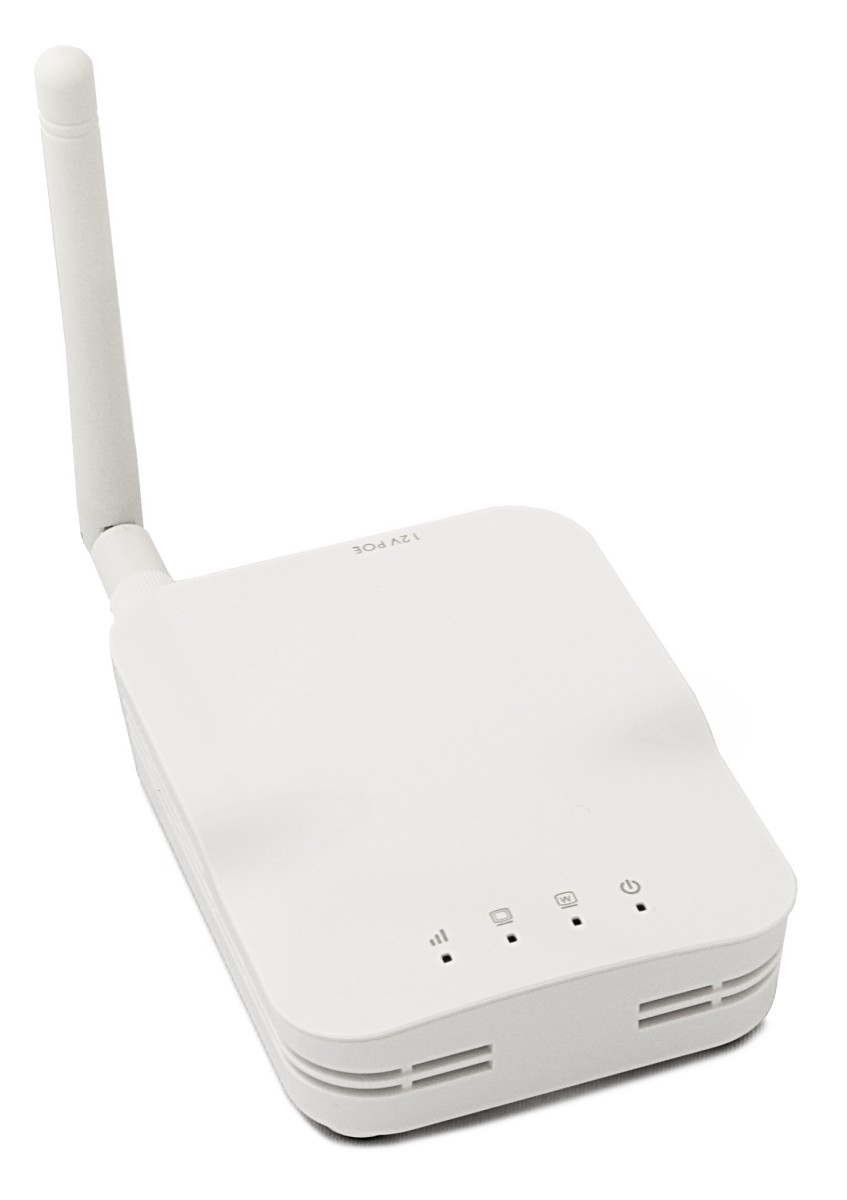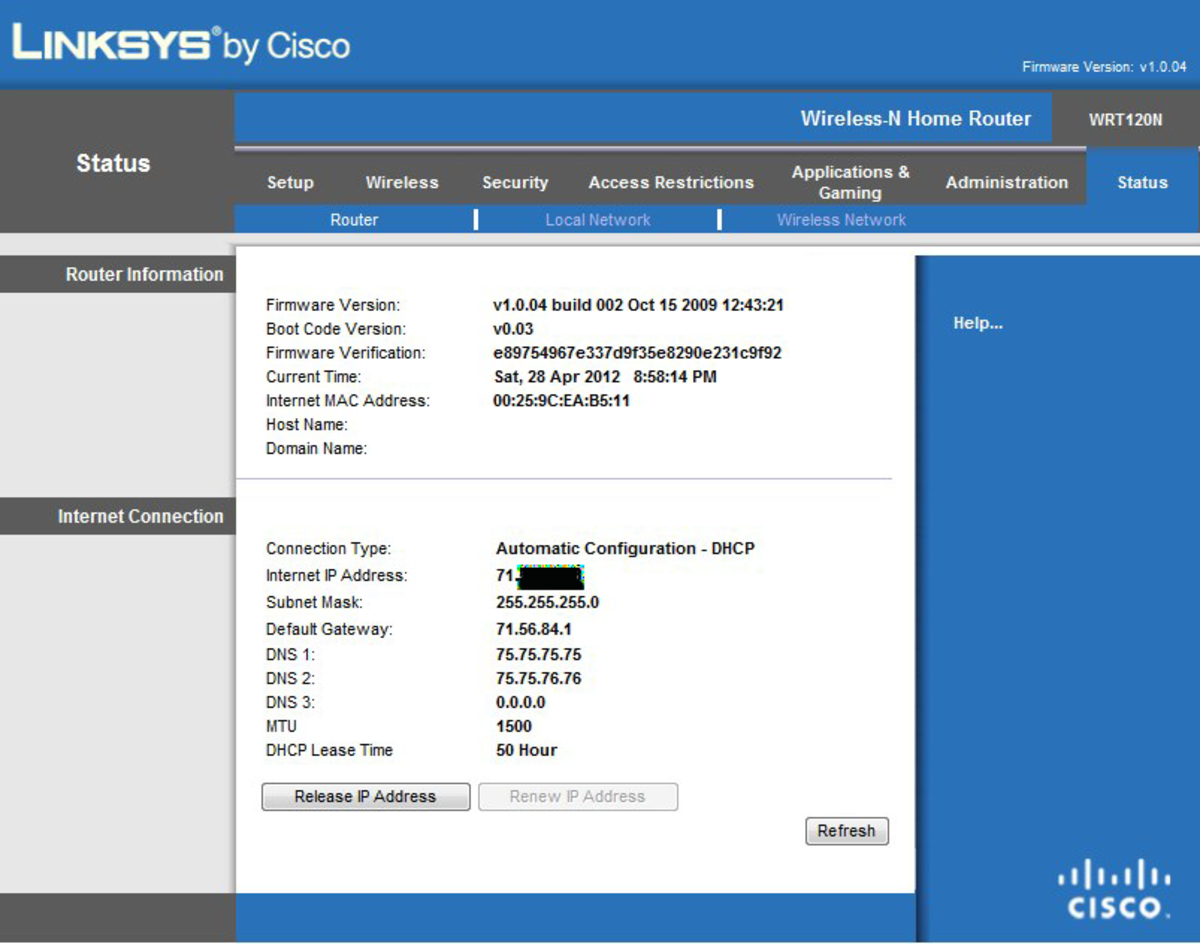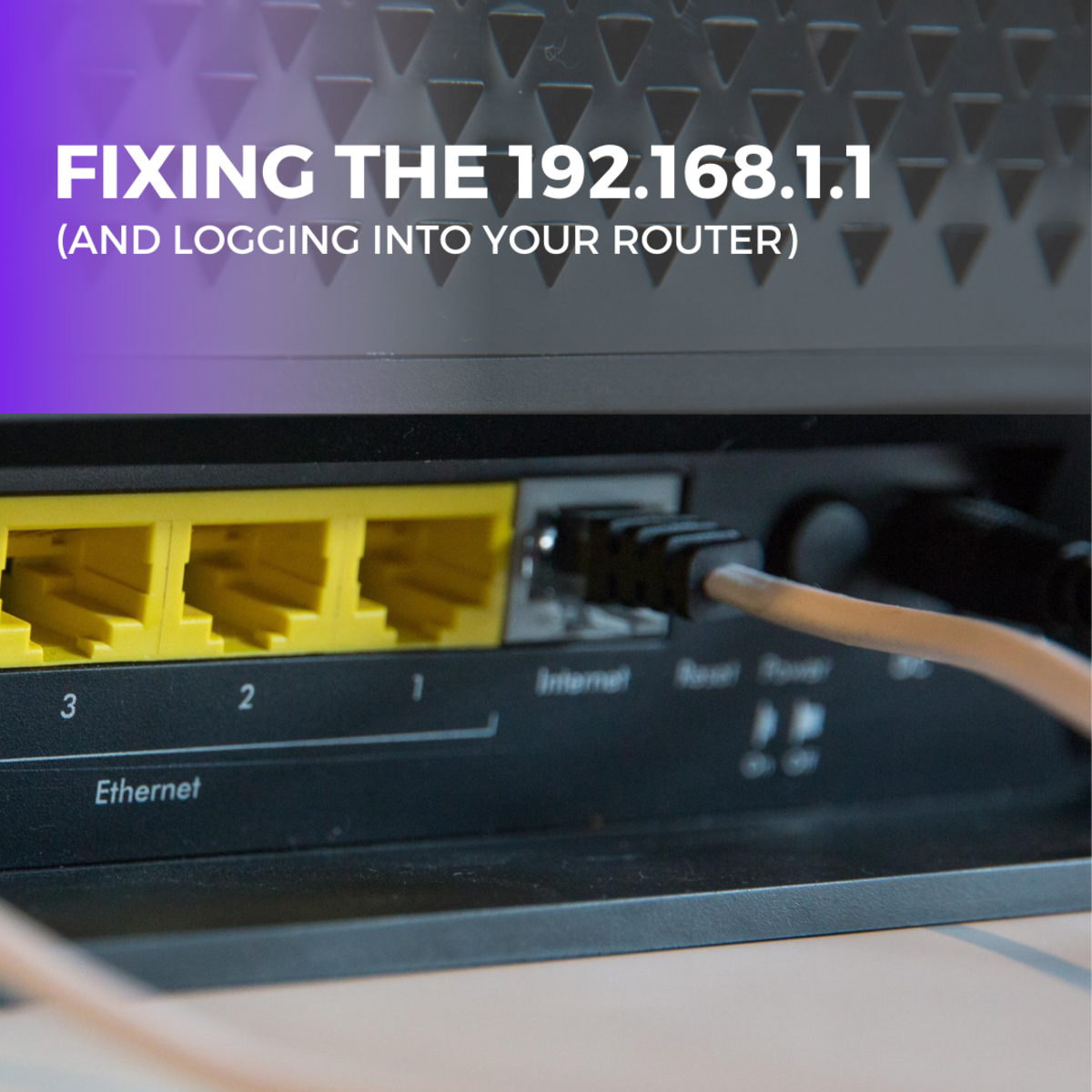Wi-Fi A Revolutionary Technology
Ten years ago, very few people would have believed that it would be possible to listen to music from your basement computer on your entertainment system upstairs, or download songs to your Wi-Fi-enabled MP3 player. But Wi-Fi technology has made it possible to do not only these, but a horde of other applications as well. The technology is now found in a multitude of non-computer electronic devices as well like home theater receivers, portable gaming devices, DVD players and even digital cameras.
Most people correlate the term ‘Wi-Fi' with the ability to browse the internet wirelessly. Although this definition is not incorrect, there is much more to Wi-Fi wireless technology than just browsing the internet. Short for ‘wireless fidelity,' Wi-Fi has proved to be one of the most popular wireless communications standards in the market for the last two decades approximately. In its fledgling stages, Wi-Fi technology was almost solely used to wirelessly connect laptop computers to the internet via LANs, but thanks to the immense flexibility the technology provides, this is no longer the case.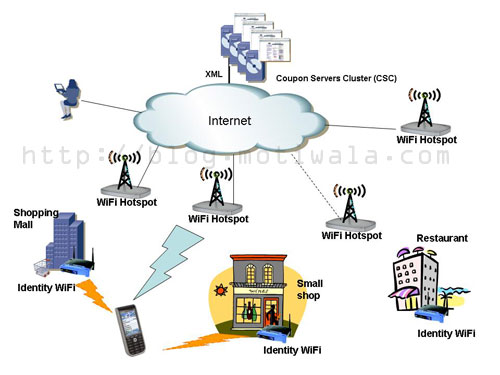
An Insight Into Wi-Fi
Wi-Fi is technically a trademarked brand name for the wireless standard owned by the Wi-Fi Alliance; much like Bluetooth® is trademarked by the Bluetooth Special Interest Group. However, the term has become so widely used (like Xerox® and Kleenex®), that it has become a generic term, and the copyright is no longer protected.
When dealing with Wi-Fi, there are certain issues that need to be kept in mind. And it is best that before we dabble with this yet novel technology that so fascinates us, we learn a few cardinal rules of using Wi-Fi. For example, securing your Wi-Fi network requires more effort. Wi-Fi access points do not come with encryption straight out of the box; you have to do it from your computer once the network is up and running. An unsecured wireless network is susceptible to attacks from hackers, potentially giving them access to all of the information stored by the devices on your network.
In addition, friendly, yet unauthorised computers will also be able to connect to your network, occupying the bandwidth and hindering overall network performance. To protect Wi-Fi networks you can install security safeguards like Internet Protocol Security (IPsec), Wired Equivalent Privacy (WEP) encryption standard, and the most used Wi-Fi Protected Access (WPA2).
On a brighter note, Wi-Fi has achieved acceptance worldwide as a better alternative to a Wired Land Area Network (WLAN). A Wi-Fi connection enables you to move your machine around without losing the internet or other network resources.
The mobility factor is one of the biggest advantages of Wi-Fi. As long as you are within close proximity to an access point or hotspots, you can connect to the internet anywhere, be it in a restaurant or at the airport. Nowadays, many public areas offer access to internet access through Wi-Fi networks.
Since the inception of this technology, users have discovered its number of advantages. Firstly, this technology enables Local Area Networks (LANs) to be installed without cabling for client devices, thus reducing the costs of network installation and expansion. This is particularly useful in areas where cables cannot be run, like outdoor locations and historical buildings. Now, we do not need to be tied to our workstations to access emails or browse the net. We can lounge in the office cafeteria or anywhere within the office campus and get connected to the internet.
Unlike cellular phones, Wi-Fi is a global set of standards and any Wi-Fi-enabled device will work in any country in the world. Another advantage of Wi-Fi Technology is that it is available in over 250,000 public hotspots and millions of homes and corporate and university campuses around the globe. In addition to all the advantages of Wi-Fi, many safeguard measures have been taken to avoid misuse of the technology by unauthorised users.
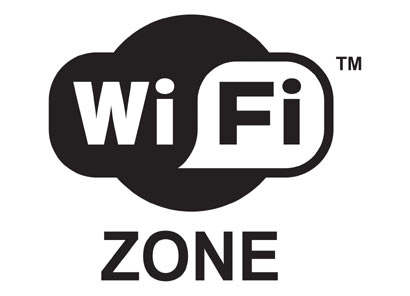
Looking ahead
The 802.11n (expected in early 2009), should open the door to a vast assortment of new applications on Wi-Fi. Although the final specifications have not been disclosed, transfer speeds are reportedly 10 times faster than the current standards (540Mbps as compared to the current 54Mbps). This is more than enough bandwidth to support even the most demanding transfers.
If the standard is approved, and transfer rates remain at their speculated levels, reliable, high-definition streaming media may finally become a reality
Thanks to Wi-Fi, users are no longer confined by the cords that link their devices, enabling new levels of connectivity without sacrificing function or design options. With the current standard of 802.11a and 802.11b, security and interference are the main issues with the present Wi-Fi standards, as well as its inability to reliably stream high-definition audio and video.



